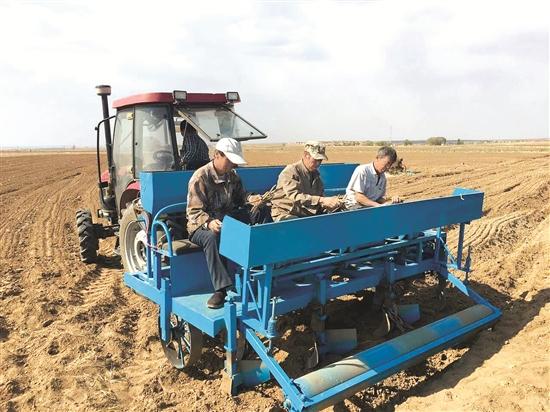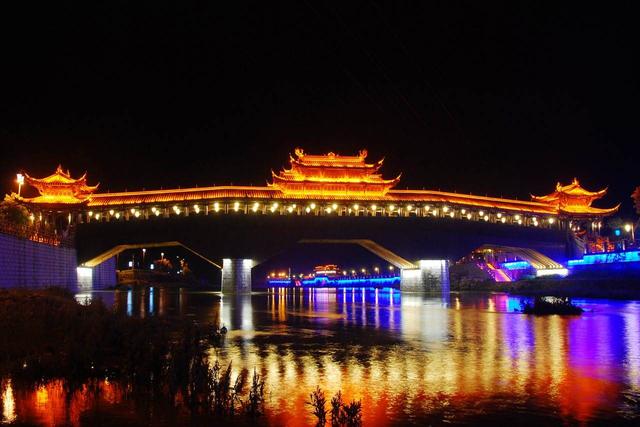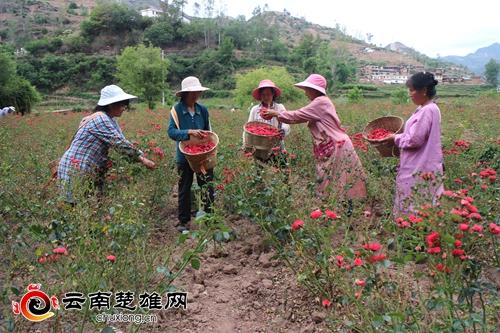Horseradish planting technology and management: how does horseradish grow horseradish? Is horseradish mustard?

The villagers are growing horseradish.
On May 19, when the reporter came to Kunditan Village, Shibao Town, Damao Banner, he met village director Zhang Shiliang planting horseradish on his land.
The reporter often went to Qixian district for interviews for many years, and it was the first time that he had seen horseradish growing in the field. Get online literacy: horseradish, also known as carrot, is native to eastern Europe and Turkey. The root has a special spicy taste, it can be used as seasoning or edible after grinding, and the plant can be used as feed. To put it more popularly, horseradish is the raw material for making mustard.
Growing spicy root sounds very foreign.
"our soil here is very suitable for growing horseradish, and the climate with large temperature difference between day and night and long sunshine is what horseradish likes." Zhang Shiliang said.
In 2016, Zhang Xiliang accidentally met Zhang Xianquan, the head of Baotou Tianpeng vegetable Co., Ltd., and came into contact with this crop called horseradish. Soon, he went to the horseradish planting base in Darat Banner, Ordos, and bought a batch of horseradish seedlings for trial planting in his own land.
The trial was a success. In the autumn of that year, Zhang Shiliang's horseradish yield reached 2800 jin per mu, and the quality passed. Baotou Tianpeng vegetable Co., Ltd. purchased all of them at the price of 1 yuan per catty. Excluding the cost, Zhang Xiliang earned a net income of more than 15000 yuan.
Earning their own money is not the main thing. Zhang Xiliang thinks more about how to drive the poor families in the village to shake off poverty and become rich together.
So he contacted the village directors and branch secretaries of several nearby villages, organized poor families to visit his land, and used his planting results and income to promote horseradish.
Zhang Xiaoping, a poor family in the village, was in the team at that time. Looking hot, he also planted 70 mu of horseradish with Zhang Yiliang this year. "the sunflowers planted last year could not be sold, but they lost all of them. This year, I will plant this horseradish instead. If I sign an order, there will be no one to collect it in autumn." Zhang Xiaoping said.
Zhang Xiaoping is not the only one, this year, Shibao Town and Tianpeng Company signed a horseradish planting agreement of 119 households, with a planting area of 3700 mu. The company uniformly distributes seeds, uniformly sends machines for farming, and technicians provide follow-up guidance, so that the villagers can save worry and effort.
"as long as it is watered to ensure the emergence rate, the income of growers can be guaranteed. Because this horseradish is not affected by hail, high winds and other natural disasters, the yield is guaranteed. And the demand for exports is large, and the sales channels are smooth. " Zhang Xianquan, person in charge of Baotou Tianpeng vegetable Co., Ltd., told reporters.
This year, Tianpeng also decided to build a horseradish processing plant in the village and give priority to hiring poor families to work in the factory. With planting profits and working income, poverty alleviation in Kunditan Village is just around the corner.
The introduction of horseradish is a vivid practice that Damao Banner adopts the working mechanism of government support, cadre package, enterprise belt and peasant household movement. Since the implementation of the precise poverty alleviation campaign, Damao Banner has actively carried out the actions of "one village, one product" and "one village, one special" through the integrated operation mode of land circulation management, centralized continuous development, farming and harvest, based on the resource endowment of various regions. More measures have been taken to solve the problem of selling, so that poor households have gained more value-added benefits from the whole industrial chain and value chain of agriculture and animal husbandry.
- Prev

Developing she Family accommodation in Lishui City to promote she people's income and Wealth
Developing she Family accommodation in Lishui City to promote she people's income and Wealth
- Next

Shiyang Town, Dayao County: Poverty Alleviation Rose
Shiyang Town, Dayao County: Poverty Alleviation Rose
Related
- A course of planting techniques and methods on how to grow carrots
- How to plant the latest tulips?
- Is it better to pick tea in the morning or in the afternoon? When is the best time for tea to be picked? what is the third or fifth tea?
- Launch Yuanxiao Happy combination Haocha + Tea Yuan healthy Taste
- Penghu Tourism "Fireworks 20 Parade with You"
- 2022 West Lake Happiness holds "Digital Revitalization Voucher" and draws iphone13 and laptop.
- Banqiao Fuzhou social houses are designed to change start-up combined with police elimination to create a safe and livable environment
- The convenient measure of "mechanical weeding" in Xinbei has been abused and the Agriculture Bureau has imposed heavy penalties on the illegal land consolidation.
- Changgeng University Joins Hands with Four Memory Factories to Rescue Memory Talent Shortage
- The list of Taiwan's top 100 MVP managers is listed by the Director-General of the Farmers' Association of Sanxia District.

